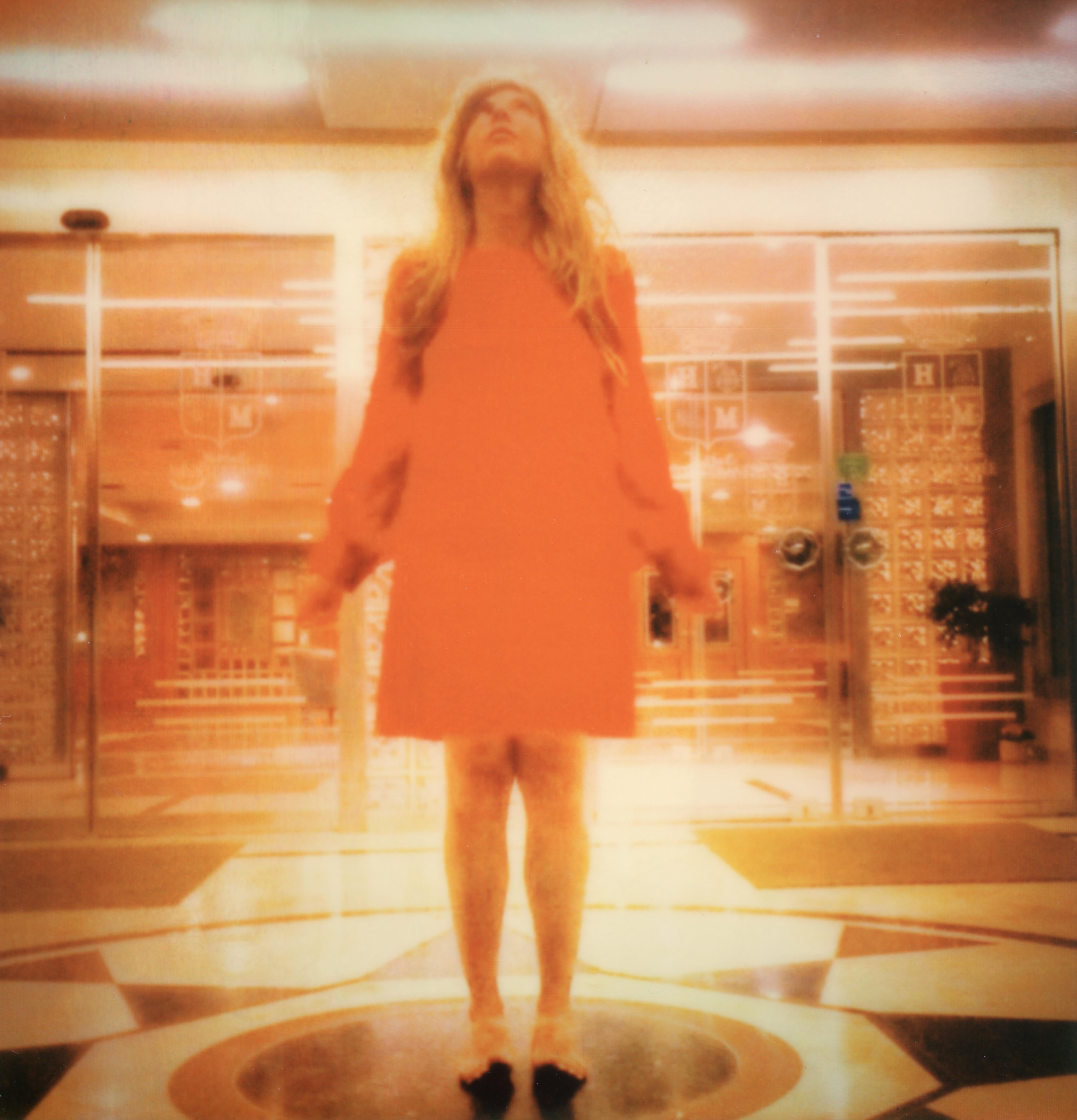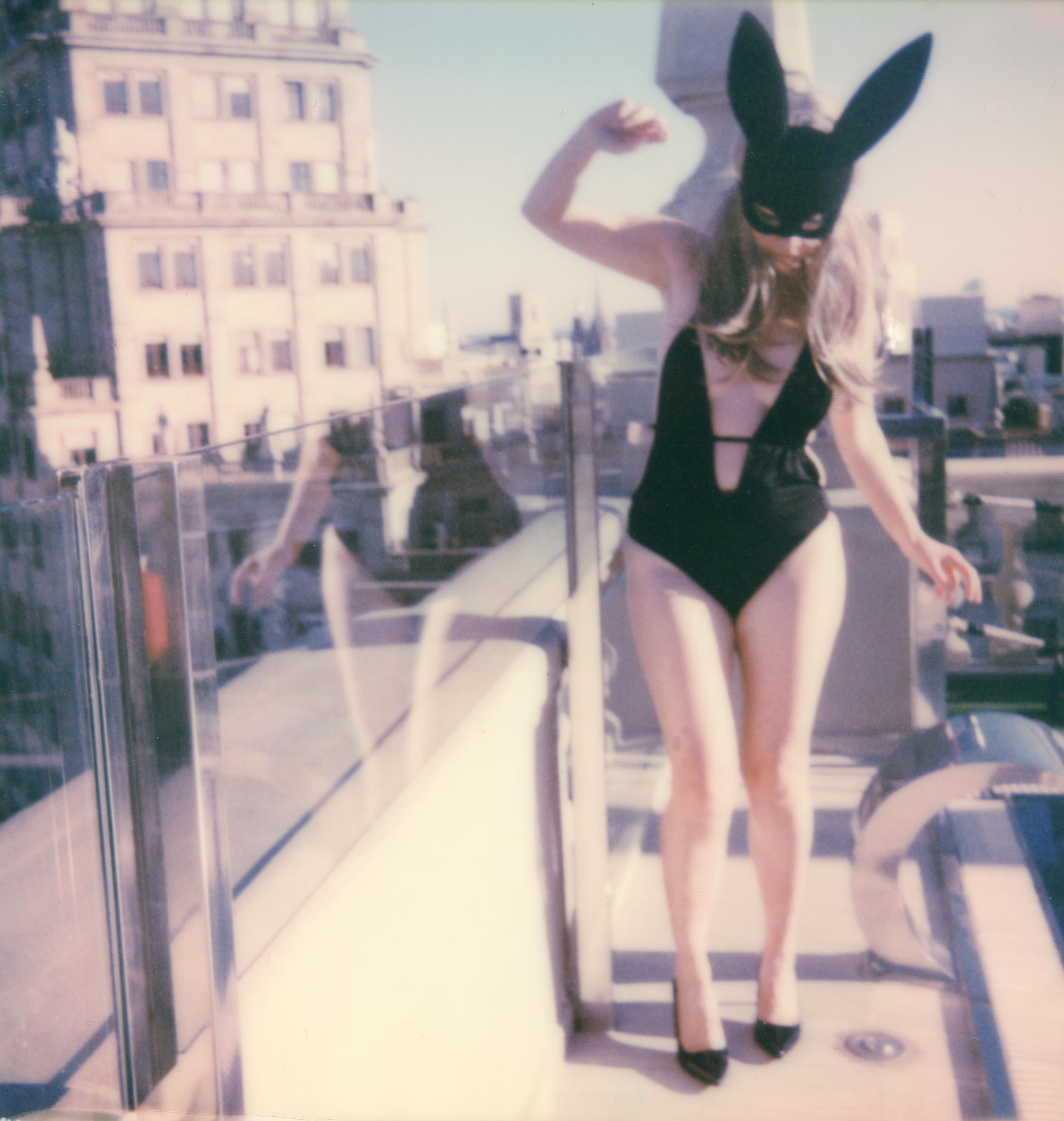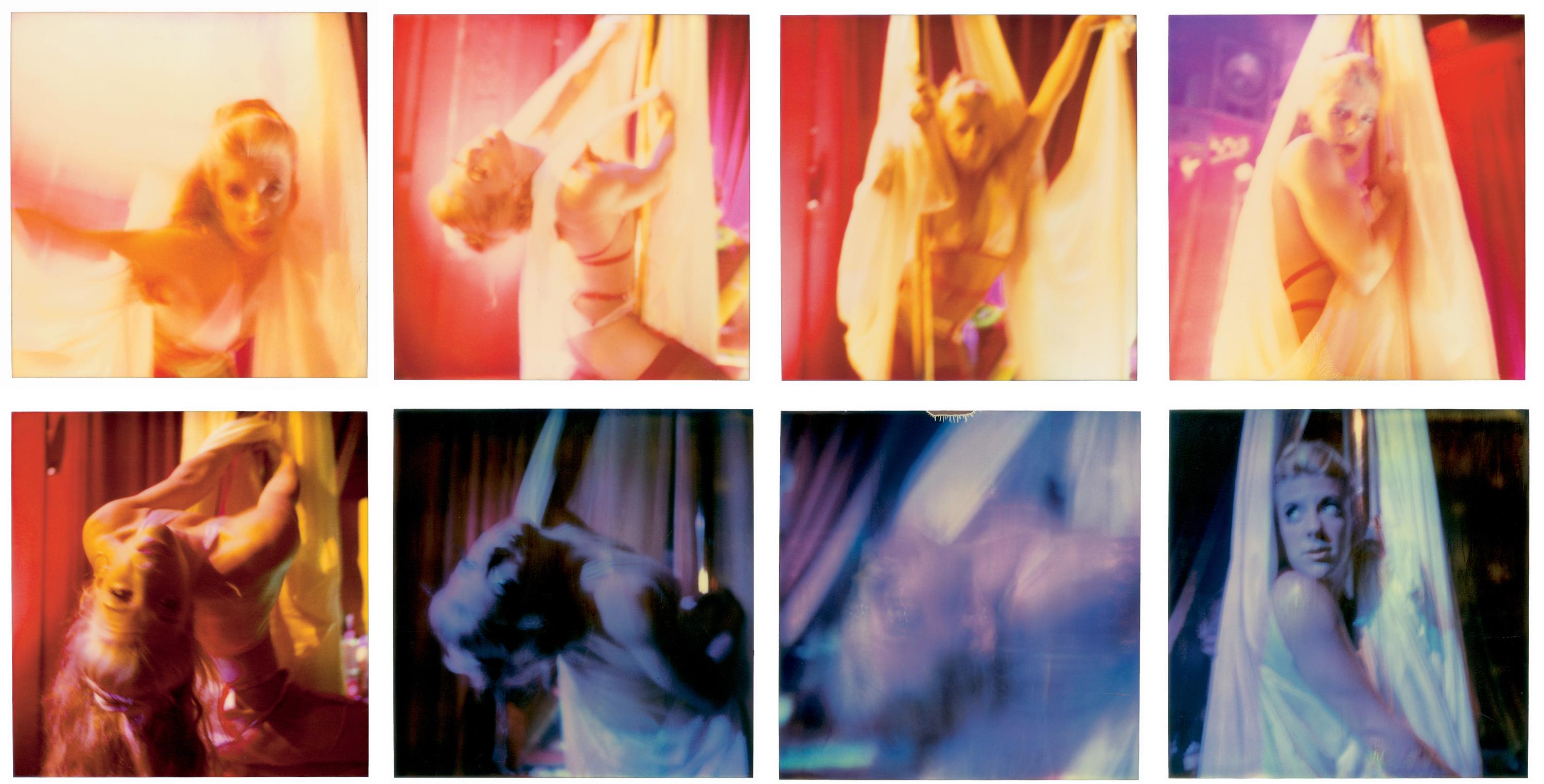Stefanie SchneiderGirl at Fence (Last Picture Show) - mounted, analog2005
2005
About the Item
- Creator:Stefanie Schneider (1968, German)
- Creation Year:2005
- Dimensions:Height: 22.84 in (58 cm)Width: 22.05 in (56 cm)Depth: 0.12 in (3 mm)
- Medium:
- Movement & Style:
- Period:
- Condition:
- Gallery Location:Morongo Valley, CA
- Reference Number:1stDibs: LU652310242062
Stefanie Schneider
- ShippingRetrieving quote...Ships From: morongo valley, CA
- Return PolicyA return for this item may be initiated within 7 days of delivery.
- A Vision you can't Capture, Contemporary, 21st Century, Polaroid, Landscape PhotBy Stefanie SchneiderLocated in Morongo Valley, CAA Vision you can't Capture (29 Palms, CA), 2007, 125x150 cm each, 3 pieces, installed 125x470cm, Edition 1/5, analog C-Print printed on Fuji Archive Paper, hand-printed by the artist...Category
Early 2000s Contemporary Color Photography
MaterialsArchival Paper, Photographic Paper, C Print, Color, Polaroid
- Frenzy II (Sidewinder) - Analog, Polaroid, Contemporary, 21st CenturyBy Stefanie SchneiderLocated in Morongo Valley, CAFrenzy II (Sidewinder) 2005, 125x156cm, Edition 2/5. Analog C-Print, printed by the artist, based on an expired Polaroid. Certificate and Signature label. Artist Inventory No 3049.0...Category
Early 2000s Contemporary Color Photography
MaterialsArchival Paper, Color, Photographic Paper, C Print, Polaroid
- Silencio - Contemporary, Polaroid, Women, Figurative, PortraitBy Clare Marie BaileyLocated in Morongo Valley, CASilencio (shot 2020 on 600 film) - Edition of 10 - 40 x 40 cm. Digital C-Print based on a on a 600 Polaroid. Signed on back and certificate. Not mounted. In part influenced by...Category
2010s Contemporary Color Photography
MaterialsPhotographic Film, Photographic Paper, C Print, Color, Polaroid
- Some Lapse of Time - Contemporary, Polaroid, Photograph, Figurative, PortraitBy Clare Marie BaileyLocated in Morongo Valley, CASome Lapse of Time (The Visit Series), 2018, Edition of 10 - 40 x 40 cm. Archival C-Print based on the original Polaroid, not mounted. Signed on back and certificate. The Visit ...Category
2010s Contemporary Color Photography
MaterialsPhotographic Film, Photographic Paper, C Print, Color, Polaroid
- High Rise - Contemporary, Polaroid, Photograph, FigurativeBy Clare Marie BaileyLocated in Morongo Valley, CAHigh Rise - 2020 Edition of 10 - 40x40 cm. Archival C-Print based on the original Polaroid, not mounted. Signed on back and certificate. Clare Marie Bailey Works and Lives: UK C...Category
2010s Contemporary Figurative Photography
MaterialsPhotographic Film, Photographic Paper, C Print, Color, Polaroid
- Dancer (Stay) - 8 pieces, analog, Polaroid, Contemporary, 21st Century, ColorBy Stefanie SchneiderLocated in Morongo Valley, CAThe Dancer (Stay) - 2006, 102x100cm each, installed 214x430cm, Edition of 4/5, 8 analog C-Prints, hand-printed by the artist, based on 8 Polaroids. Certificate and Signature label...Category
Early 2000s Contemporary Figurative Photography
MaterialsArchival Paper, Photographic Paper, C Print, Color, Polaroid
- Tyler Shields - Helicopter, Photography 2021, Printed AfterBy Tyler ShieldsLocated in Greenwich, CTSeries: Provocateur Chromogenic Print on Kodak Endura Luster Paper All available sizes and editions: 15" x 20" 22.5" x 30" 30" x 40" 45" x 60" 56" x 72" 63" x 84" Editions of 3 + 2 A...Category
2010s Contemporary Color Photography
MaterialsLuster, Archival Paper, Photographic Paper, C Print, Pigment, Archival P...
- Tyler Shields - YSL Lipstick Gun, Photography 2015, Printed AfterBy Tyler ShieldsLocated in Greenwich, CTSeries: Indulgence Chromogenic Print on Kodak Endura Luster Paper All available sizes and editions: 22.5" x 30" 30" x 40" 45" x 60" 56" x 72" 63" x 84" Editions of 3 + 2 Artist Proof...Category
2010s Contemporary Color Photography
MaterialsLuster, Archival Paper, Photographic Paper, C Print, Pigment, Archival P...
- Tyler Shields - Chanel Champagne Hands, Photography 2016, Printed AfterBy Tyler ShieldsLocated in Greenwich, CTSeries: Indulgence Chromogenic Print on Kodak Endura Luster Paper All available sizes and editions: 20" x 30" 30" x 40" 40" x 60" 48" x 72" 63" x 84" Editions of 3 + 2 Artist Proofs ...Category
2010s Contemporary Color Photography
MaterialsLuster, Archival Paper, Photographic Paper, C Print, Pigment, Archival P...
- Tyler Shields - Pills, Photography 2014, Printed AfterBy Tyler ShieldsLocated in Greenwich, CTSeries: Mouths Chromogenic Print on Kodak Endura Luster Paper All available sizes and editions: 20" x 30" 30" x 40" 40" x 60" 48" x 72" 63" x 84" Editions of 3 + 2 Artist Proofs Tyl...Category
2010s Contemporary Color Photography
MaterialsLuster, Archival Paper, Photographic Paper, C Print, Digital, Archival P...
- Tyler Shields - Odysseus, Photography 2015, Printed AfterBy Tyler ShieldsLocated in Greenwich, CTSeries: Sirens Chromogenic Print on Kodak Endura Luster Paper All available sizes and editions: 20" x 30" 40" x 60" 48" x 72" 63" x 84" Editions of 3 + 2 Artist Proof The idea behi...Category
2010s Contemporary Color Photography
MaterialsLuster, Archival Paper, Photographic Paper, C Print, Digital, Archival P...
- Tyler Shields - The Mouth in the Mirror, Photography 2015, Printed AfterBy Tyler ShieldsLocated in Greenwich, CTSeries: Mouths Chromogenic Print on Kodak Endura Luster Paper All available sizes and editions: 22.5" x 30" 45" x 60" 56" x 72" 63" x 84" Editions of 3 + 2 Artist Proofs Tyler Shiel...Category
2010s Contemporary Color Photography
MaterialsLuster, Archival Paper, Photographic Paper, C Print, Digital, Inkjet, Ar...





